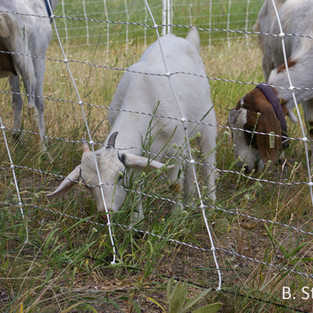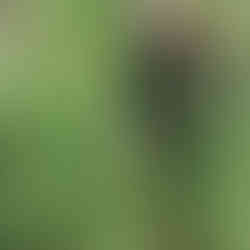Invasive plant control can be a lot of work, but it is so worth it! It is super satisfying to spend an hour pulling invasive plants and look back and see how much better it looks and you know that you have just helped protect the ecosystem. Today we will discuss some of the different types of manual treatment also known as mechanical treatment. Manual treatment is anything that doesn’t involve herbicide or biological treatment. All invasive plants can be controlled using manual methods but not all methods work for all plants. Some examples of manual control are goat or sheep grazing, hand pulling, digging, disking, mowing, burning, cutting, mulching, and tarping. If you have a small patch of hoary alyssum and you pull all the plants and keep monitoring the spot and pulling all the plants that come up then in a few years you will have no more hoary alyssum. If you have that same patch of hoary alyssum and you mow it then in a few years you will have a yard full of hoary alyssum. If you are doing manual treatment on different areas of your property it is important to clean your equipment in between sites. This is especially important if you are treating different types of plants at the different sites. Preventing spread of any invasive plant is important. If you are disking down weeds in a field, it is a good idea to wash the dirt off the disk before moving to another field. When pulling or digging invasive plants you should bag them and take them to the landfill to be buried with the household garbage. In the Regional District of Kootenay Boundary, it is free to take invasive plants to the landfill. Most compost does not get hot enough to kill the seeds of invasive plants. You don’t want to put your compost in the garden and have a whole bunch of invasive plants come up. Mowing is not recommended for most invasive plants but if you do mow them here are a few tips. Do not mow if they have already gone to seed. This will just spread them. If mowing once is the most feasible then do it right before the plants flower. If you will be mowing multiple times it is best to set your mower high the first cut and lower it with each subsequent mowing. For more information you can contact the Boundary Invasive Species Society at 250-446-2232, info@boundaryinvasives.com, Facebook and www.boundaryinvasives.com.
top of page
bottom of page

















Comments